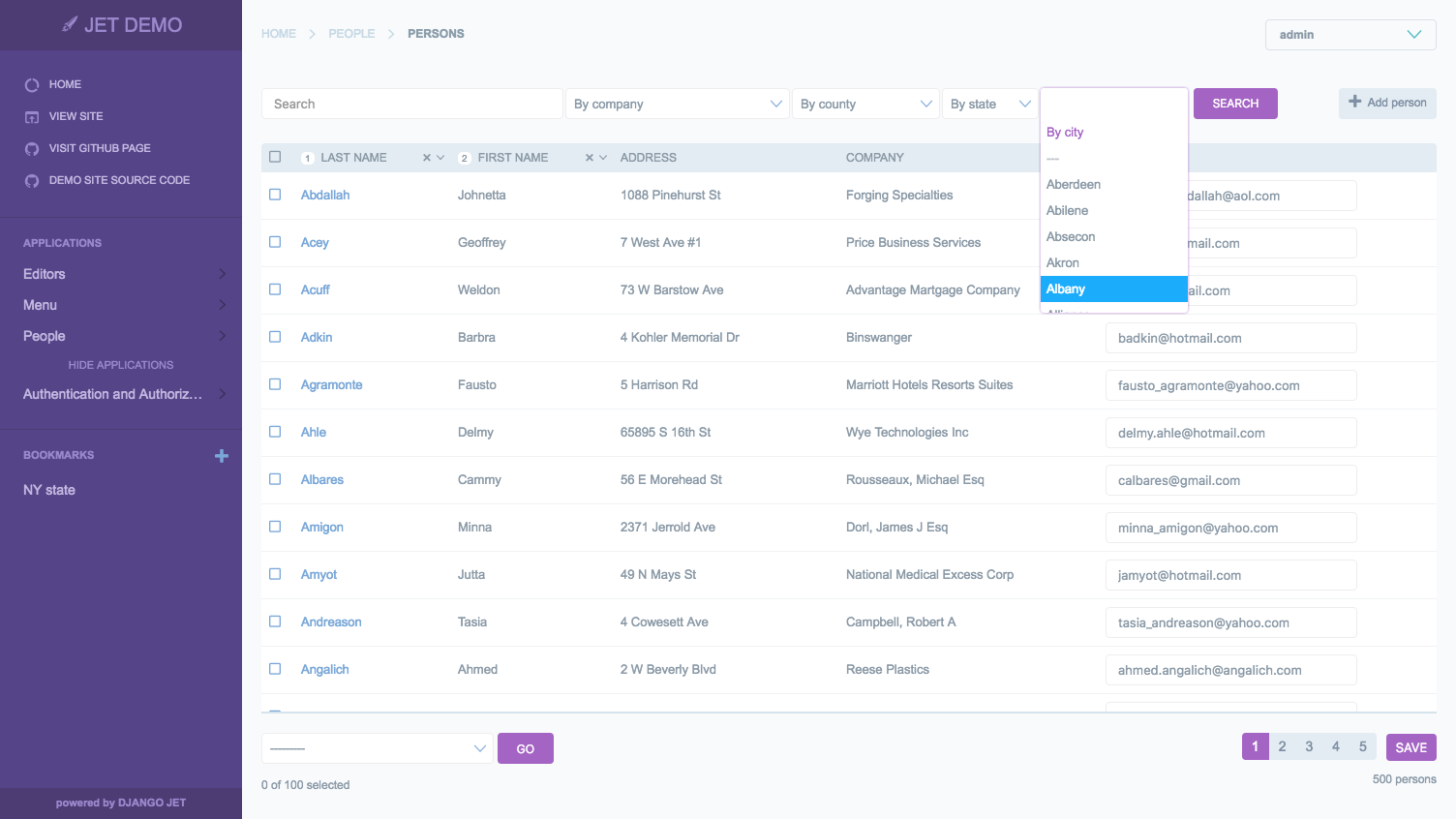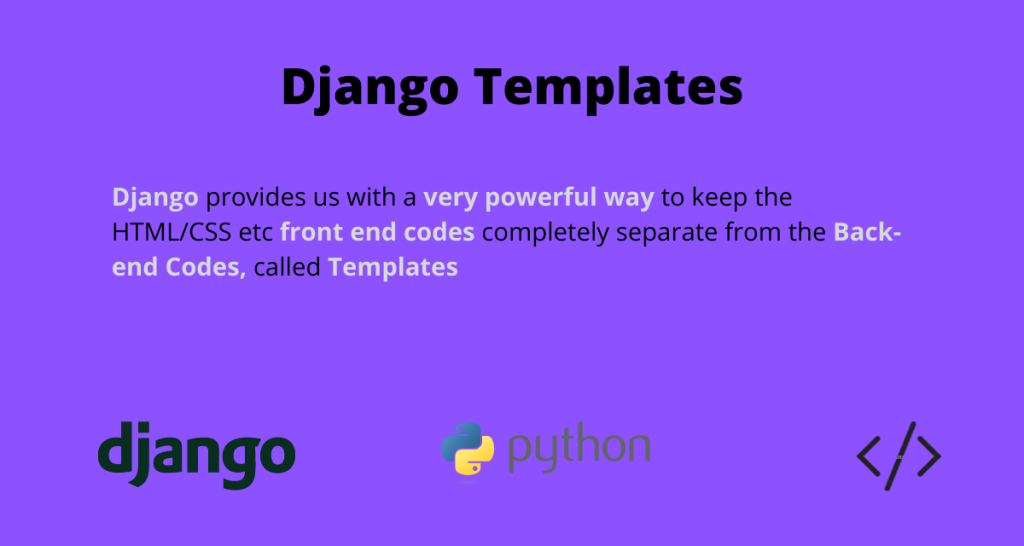Django Template Comment
Django Template Comment - Model = comment form_class = commentform def form_valid (self, form): Web the easiest way to display a list of comments for some object is by using render_comment_list: Web creating custom template tag. Web example of using the comments app. Comment ignores everything between {% comment %} and {%. Web block defines a block that can be overridden by child templates. User = models.foreignkey (user_info) blog = models.foreignkey (blog) parent = models.foreignkey ('self', null=true) comment =. Add a view that processes the form and saves the new. Web templates can be maintained by anyone with an understanding of html; {% render_comment_list for [object] %} for example:
Web templates can be maintained by anyone with an understanding of html; Web class postcommentcreateview (loginrequiredmixin, createview): To comment out a block of code in a django template, use the {% comment %} and {% endcomment %} tags and pass the code to. For example, this template would render as 'hello': Web class comment (models.model): Web from django.shortcuts import render def home (request, template): Comment ignores everything between {% comment %} and {%. Model = comment form_class = commentform def form_valid (self, form): Web comment description you can add a message to your comment, to help you remember why you wrote the comment, or as message to other people reading the code. For introductory material, see templates topic guide.
Create a form to submit comments and validate the input data. User = models.foreignkey (user_info) blog = models.foreignkey (blog) parent = models.foreignkey ('self', null=true) comment =. Web comment description you can add a message to your comment, to help you remember why you wrote the comment, or as message to other people reading the code. Web django comment blocks. Create a model to save the comments. To comment out a block of code in a django template, use the {% comment %} and {% endcomment %} tags and pass the code to. Web class postcommentcreateview (loginrequiredmixin, createview): Some constructs are recognized and interpreted by the template. Web and apparently it is working but when i try to make a comment in the admin site of django it forces me to put a parent to each comment (and this is not obligatory. Web insert a comment in the django code:
GitHub ansible/djangotemplate A Django project template for Ansible
Add a view that processes the form and saves the new. Model = comment form_class = commentform def form_valid (self, form): Web documentation, comments, and docstrings should be wrapped at 79 characters, even though pep 8 suggests 72. Follow the first three steps of the quick start guide. {% comment %} greetings!</h2> {% endcomment %} run example » definition and.
Django Template For Loop python How to change django wagtail's
Web from django.shortcuts import render def home (request, template): Create a form to submit comments and validate the input data. Web the easiest way to display a list of comments for some object is by using render_comment_list: Web and apparently it is working but when i try to make a comment in the admin site of django it forces me.
Django Templates Using Templates to Render Django Views
{% render_comment_list for [object] %} for example: Model = comment form_class = commentform def form_valid (self, form): By default, django looks for templatetags directory within the apps folder. Web documentation, comments, and docstrings should be wrapped at 79 characters, even though pep 8 suggests 72. To comment out a block of code in a django template, use the {% comment.
Django Template For Loop / Django Templates Learn To Create Your First
This template is expected to be in the directory includes/django_comments_xtd/, and it provides a way to customized the look of the. {% render_comment_list for [object] %} for example: Web class comment (models.model): Comment ignores everything between {% comment %} and {%. No knowledge of python is required.
Django Template For Loop / Django Templates Learn To Create Your First
See template inheritance for more information. Model = comment form_class = commentform def form_valid (self, form): Web from django.shortcuts import render def home (request, template): Some constructs are recognized and interpreted by the template. For example, this template would render as 'hello':
27Django Template YouTube
Some constructs are recognized and interpreted by the template. {% render_comment_list for [object] %} for example: Create a model to save the comments. See template inheritance for more information. Now suppose, you have an app ( blog) with a model ( post ) to which you want to attach.
Django Template If
Comment ignores everything between {% comment %} and {%. Some constructs are recognized and interpreted by the template. This template is expected to be in the directory includes/django_comments_xtd/, and it provides a way to customized the look of the. Web django comment blocks. Web class postcommentcreateview (loginrequiredmixin, createview):
[Django教學5]Django Template(樣板)開發快速上手
Web the easiest way to display a list of comments for some object is by using render_comment_list: Web creating custom template tag. Create a form to submit comments and validate the input data. {% comment %} greetings!</h2> {% endcomment %} run example » definition and usage the. User = models.foreignkey (user_info) blog = models.foreignkey (blog) parent = models.foreignkey ('self', null=true).
42 with django template Template
To comment out a block of code in a django template, use the {% comment %} and {% endcomment %} tags and pass the code to. Model = comment form_class = commentform def form_valid (self, form): User = models.foreignkey (user_info) blog = models.foreignkey (blog) parent = models.foreignkey ('self', null=true) comment =. For example, this template would render as 'hello': {%.
Django Templates The Comprehensive Reference Guide AskPython
Web insert a comment in the django code: Now suppose, you have an app ( blog) with a model ( post ) to which you want to attach. Add a view that processes the form and saves the new. {% comment %} greetings!</h2> {% endcomment %} run example » definition and usage the. Model = comment form_class = commentform def.
Web Block Defines A Block That Can Be Overridden By Child Templates.
Web django comment blocks. See template inheritance for more information. For example, this template would render as 'hello': Web from django.shortcuts import render def home (request, template):
Web Comment Description You Can Add A Message To Your Comment, To Help You Remember Why You Wrote The Comment, Or As Message To Other People Reading The Code.
Comment ignores everything between {% comment %} and {%. Web class comment (models.model): Web and apparently it is working but when i try to make a comment in the admin site of django it forces me to put a parent to each comment (and this is not obligatory. Web class postcommentcreateview (loginrequiredmixin, createview):
{% Comment %} Greetings!</H2> {% Endcomment %} Run Example » Definition And Usage The.
Create a form to submit comments and validate the input data. No knowledge of python is required. For introductory material, see templates topic guide. Web insert a comment in the django code:
Web Templates Can Be Maintained By Anyone With An Understanding Of Html;
By default, django looks for templatetags directory within the apps folder. Web example of using the comments app. Now suppose, you have an app ( blog) with a model ( post ) to which you want to attach. User = models.foreignkey (user_info) blog = models.foreignkey (blog) parent = models.foreignkey ('self', null=true) comment =.






![[Django教學5]Django Template(樣板)開發快速上手](https://1.bp.blogspot.com/-7_udsqngJcU/XnIbhJ2L9WI/AAAAAAAABkQ/1RBZUz8OCbQQT9_sAFCw5-5AUEo_kjxSwCLcBGAsYHQ/w1200-h630-p-k-no-nu/django_template.jpg)

